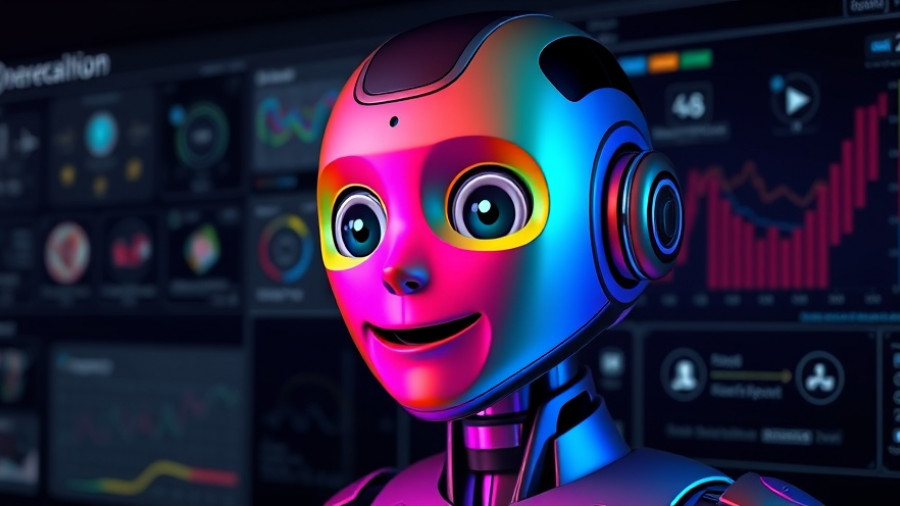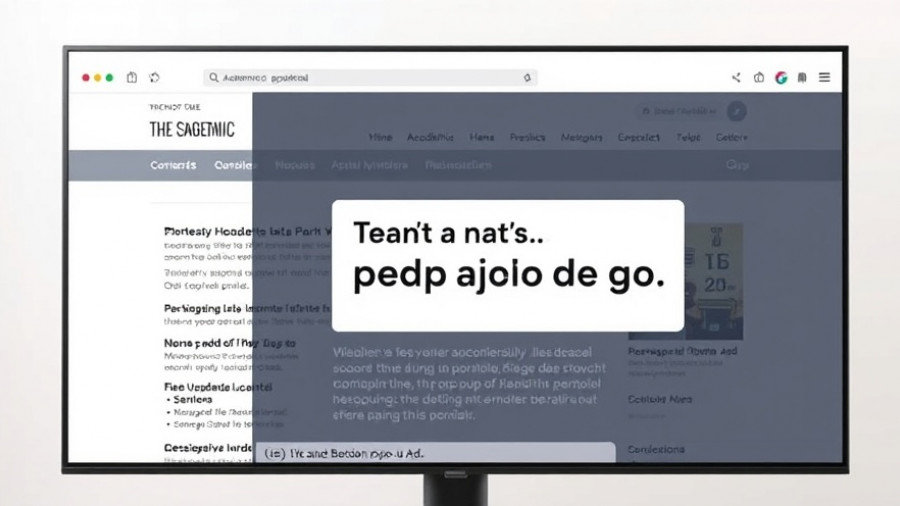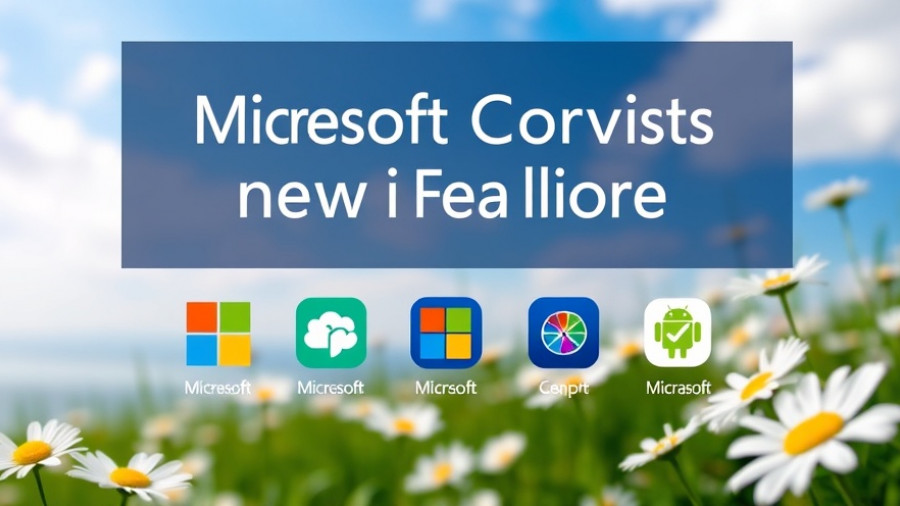
Introduction to Mico: A New Learning Assistant
Microsoft is making significant strides in educational technology with the introduction of Mico, an innovative tutor specifically designed for its Copilot Study and Learn mode. This new voice-driven assistant not only represents a shift in how digital tools can be utilized in educational settings but also embodies Microsoft’s ambitions to create more interactive learning experiences. Mico has a friendly visage, complete with a hat and glasses, making it an approachable guide for learners aiming for deeper understanding.
The Evolution of Copilot in Education
Microsoft has been progressively enhancing its Copilot platform, moving from a primarily text-based productivity tool to a comprehensive, multimodal educational assistant. This transition is underscored by Mico’s engaging and educational design elements, notably the transition from blue to yellow in the user interface which signifies a move from general use to a focused learning environment. Users are welcomed with prompts like “Let’s dive in, what would you like to learn?” prompting a shift in interaction style, allowing for voice commands in place of traditional text input, making it more inclusive for various learning styles.
Why Mico Matters: Accessibility and Engagement
The implications of Mico's design are profound. For many learners, particularly younger students or those with disabilities, voice interaction can reduce barriers often presented by typing and screen navigation. This innovation resonates with studies suggesting that multimodal learning—where visual, auditory, and kinesthetic methods are combined—enhances comprehension and retention. With a virtual board set to become increasingly dynamic, students can look forward to a learning experience that responds not only through voice but with visual aids that explain complex concepts clearly.
Future Predictions: The Potential of Educational AI Tools
As Mico undergoes further development, it is poised to change the educational landscape dramatically. If the supposed dynamic content capabilities of the virtual board materialize, Mico can evolve from a simple assistant into a tutor capable of conducting lessons complete with diagrams and real-time explanations. This capability could lead to a dramatic increase in student engagement and instantly tailored learning pathways, benefiting individual students' needs. Looking ahead, we might see integrations with learning management systems, allowing a seamless flow of educational material and activities.
Comparative Analysis: Mico vs. Other Educational AI
When comparing Mico to competitors like OpenAI’s Study Mode or Google’s Guided Learning, it’s clear that Microsoft is on a unique trajectory. While both other platforms lean into question-driven learning, Mico emphasizes direct engagement with a tutor persona, striving to bridge the gap between technology and teaching. This unique focus enhances user experience and can foster a more personal connection that many AI educational tools lack.
Key Challenges and Considerations
Despite Mico's promise, there are notable challenges that Microsoft must address before this technology can be implemented broadly in classrooms. Educators will require robust verification processes for the tool’s outputs to ensure accuracy, as generative AI can produce unreliable information. Additionally, careful attention to data privacy and governance will be essential, particularly regarding student responses and generated materials, to protect learner confidentiality.
Conclusion: A New Era of Learning
Mico represents a pivotal moment not only for Microsoft but for the future of educational technology. Its integration of voice interactivity, visual aids, and a friendly avatar design signals a shift toward more personalized and engaging learning experiences. Educators and students alike stand to gain from these advancements as they make learning more accessible and enjoyable. Microsoft is setting the stage for a future where AI does not just assist in tasks but actively collaborates in the educational journey, making it crucial for stakeholders to monitor developments closely.
 Add Row
Add Row  Add
Add 




Write A Comment